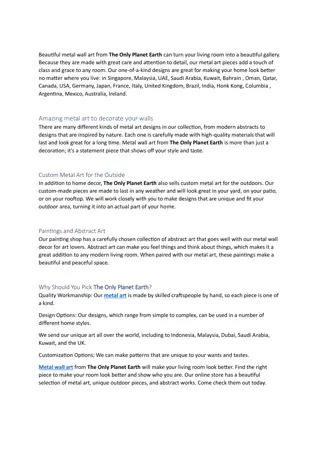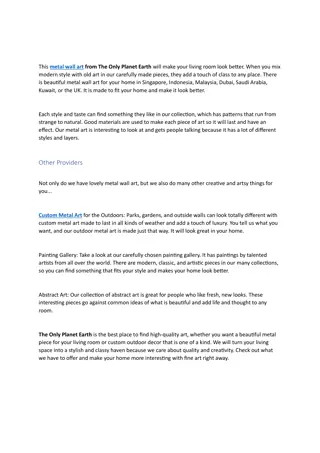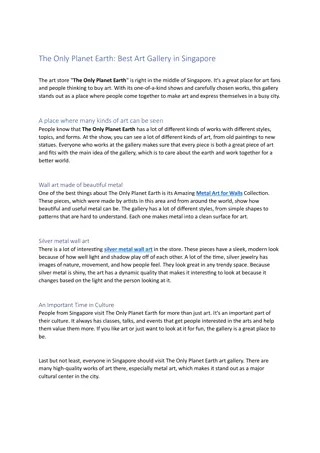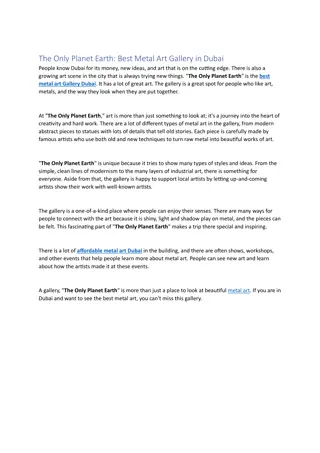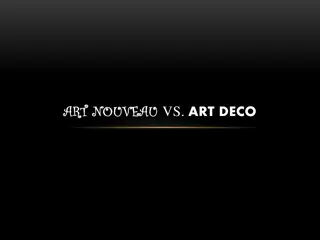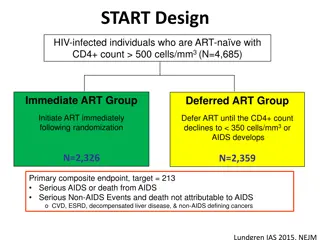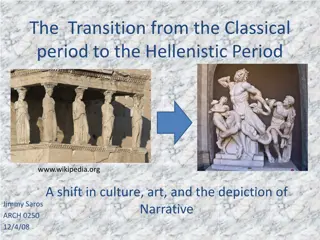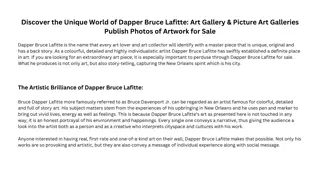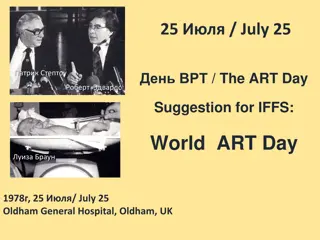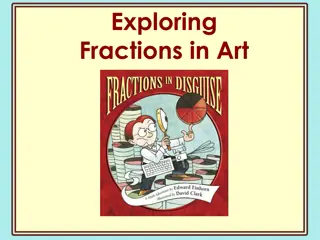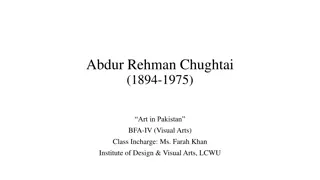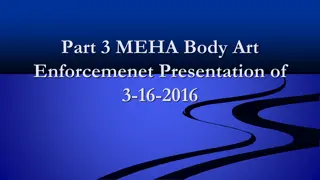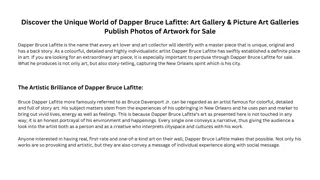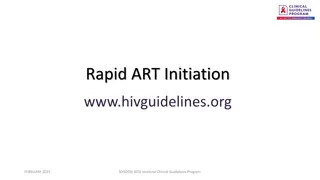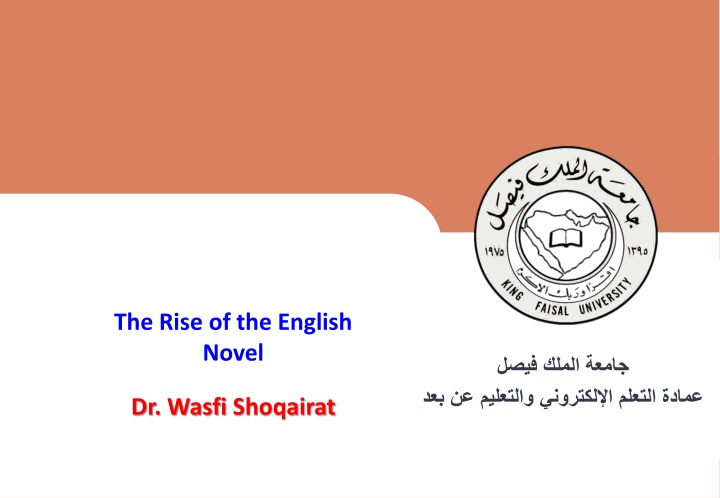
Early Forms and Evolution of English Novels
Delve into the evolution of the English novel, from the picaresque novel of the 16th and 17th centuries to the epistolary novel of the 18th century and the Bildungsroman of the 19th and 20th centuries. Learn about the characteristics, features, and examples of each novel type, showcasing the progression in storytelling techniques and themes throughout literary history.
Download Presentation

Please find below an Image/Link to download the presentation.
The content on the website is provided AS IS for your information and personal use only. It may not be sold, licensed, or shared on other websites without obtaining consent from the author. If you encounter any issues during the download, it is possible that the publisher has removed the file from their server.
You are allowed to download the files provided on this website for personal or commercial use, subject to the condition that they are used lawfully. All files are the property of their respective owners.
The content on the website is provided AS IS for your information and personal use only. It may not be sold, licensed, or shared on other websites without obtaining consent from the author.
E N D
Presentation Transcript
The Rise of the English Novel Dr. Wasfi Shoqairat 1 [ ] 1 King Faisal University Deanship of E-Learning and Distance Education
Lecture Lecture 6 6: : Types of Novel Types of Novel 16th th Century Century to to the 17th th & & 18 18th th Centuries) Centuries) The The Picaresque Picaresque Novel Novel ( (16 the 17 A picaresque novel is an early form of novel, usually a first-person narrative, relating the adventures of a rogue or low-born adventurer (Spanish p caro) as he drifts from place to place and from one social milieu to another in his effort to survive. In its episodic structure the picaresque novel resembles the long, rambling romances of medieval chivalry, to which it provided the first realistic counterpart. Main Main Features Features: : 1 1- - It deals with the ordinary, the na ve, and the low life settings. 2 2- - It is realistic and is apart from the romance and love. 3 3- - It is funny but satirical since it offends the well-established morals and values. 4 4- - It is episodic and lacks a complex plot (here it signals the immature beginning of the English novel as a genre) 5 5- - It is in a medium point between feudalism and capitalism Examples Examples: : Daniel Defoe s Moll Flanders (1722). Migul de Cervantes Don Quixote (1605 2 [ ] King Faisal University Deanship of E-Learning and Distance Education
18th th Century) Century) The Epistolary Novel ( The Epistolary Novel (18 - An epistolary novel is a novel written as a series of documents. The usual form is letters, although diaries, entries, newspaper, clippings and other documents are sometimes used. Recently, electronic "documents" such as recordings and radio, blogs, and emails have also come into use. The word epistolary comes from the Latin word epistola, meaning a letter. - This novel started in the 18th century when literacy was high among educated people. Main Main Features: Features: 1 1- - Wisdom, personal insight and self- display of the authors who are distinguished by their different techniques. 2 2- - Dramatic effectiveness: The dramatic effectiveness of a work refers to the vivid and impressing means and devices by which an author engages and maintains successfully the interest of the audience. 3 3- - It takes the form of series of diary entries, letters, and documents. 4 4- - Characters are banished in locked rooms but have access only to pen and paper. Lovers encounter arranged by somebody who writes a letter about the meeting Examples Examples: : Samuel Richardson s Pamela (1740) and Clarissa (1748). [ ] 3 King Faisal University Deanship of E-Learning and Distance Education
19th th and 20th th Centuries) Centuries) The Bildungsroman (Novel of Formation or Education) ( The Bildungsroman (Novel of Formation or Education) (19 and 20 - This type of novel focuses on the psychological and moral growth of the protagonist from youth to adulthood (coming of age), and wherein character change therefore is extremely important. This type of novel may contain autobiographical or biographical information. Main features Main features: : 1 1- - The development of the main character is philosophical, moral and spiritual. 2 2- - The main character undertakes a journey, which has some reasonable aims. Yet this journey is full of hardships. 3 3- - Scenes of escape and exile (because of looking for justice and freedom). Examples Examples: Charles Dickers Great Expectations (1860) [ ] 4 King Faisal University Deanship of E-Learning and Distance Education
19th th Century) Century) The The Historical Novel (Early Historical Novel (Early 19 - A historical novel is a novel that is set in the past and focuses on a specific historical plot, characters, and setting in the past. This novel started in the 19th century. Main Main features features: : 1 1- - It may include both fictional and real characters. 2 2- - It includes convincing detailed description of the manners, building, and scenery of its chosen setting. 3 3- - It generally attempts to convey a sense of historical verisimilitude. 4 4- - Recently, it has abandoned reality to fantasy and imagination. Examples Examples: Sir Walter Scott s Waverley (1814). Charles Dickens A Tale of Two Cities (1859). [ ] 5 King Faisal University Deanship of E-Learning and Distance Education
19th th Century) Century) The Regional Novel (mainly The Regional Novel (mainly 19 - A regional novel is a type of novel that concentrates on the people in a specific location. This could be a city, a town, or even a single household. A regional novel focuses on the customs and style of speech related to that specific location and is concerned with depicting the ways that people's specific environments influence their lives and choices. Main Main features: features: 1 1- - Detailed description of a particular geographical setting. 2 2- - It conveys the local color of the author in a humorous way. - In literature, regionalism history, and topography of a particular region. Since the region may be a recreation or reflection of the author's own, there is often nostalgia and sentimentality in the writing. regionalism or local color fiction local color fiction refers to fiction that focuses on specific features including characters, dialects, customs, Examples Examples: : Dickens Great Expectations (1860). Mark Twain s Adventures of Huckleberry Finn (1884). [ ] 6 King Faisal University Deanship of E-Learning and Distance Education
18th th, , 19 19th th, and , and 20 20th th Centuries) Centuries) The Satirical Novel ( The Satirical Novel (18 - This type of novel that ridicules a specific topic in order to provoke readers into changing their opinion of it. By attacking what they see as human folly, satirists usually imply their own opinions on how the thing being attacked can be improved. Main Main features: features: 1 1- Extended use of Irony, puns, and wit. 2 2- - Elements of humor and analogy. 3 3- - While the style is simple and funny the content, the theme, the ideas are all serious and complex. Examples: Examples: Mark Twain s The Adventures of Huckleberry Finn (1884). Jonathan Swift s Gulliver s Travels (1726). [ ] 7 King Faisal University Deanship of E-Learning and Distance Education
18th th and 19th th Centuries) Centuries) The Gothic Novel ( The Gothic Novel (18 and19 - A type of novel that combines elements of both the uncanny and romance. This novel seeks to stimulate strong emotions in the reader fear and apprehension by its use of desolate, mysterious, and grotesque events that are remote from everyday life. Main Main features: features: 1 1- - It has a medieval setting (haunted castles, locked rooms, gloomy and strong architecture). 2 2- - A lady in distress (usually in prison but looking to be rescued by a noble knight). 3 3- - Scenes related to torture done by nasty and evil villains. 4 4- - Themes related to terror, nightmares, and mysteries. 5 5- - Themes of madness and secrets related to stock characters (e.g. vampire, ogre/ ogress, demons, ghosts). Examples Examples: Horace Walpole s The Castle of Otranto (1764). Bram Stoker s Dracula (1897). [ ] 8 King Faisal University Deanship of E-Learning and Distance Education
18th th and 20th th Centuries) Centuries) The Metafictional Novel ( The Metafictional Novel (18 and 20 - This type of novel uses self-reliance to draw attention to itself as a work of art, while exposing the truth" of a story. "Metafiction" is the literary term describing fictional writing that self-consciously and systematically draws attention to its status as an artifact in posing questions about the relationship between fiction and reality, usually using irony and self-reflection. Main Main features: features: 1 1- - Style is quite complex [non-linear, no chronology, reversal plots] 2 2- - This novel may include narrative footnotes. 3 3- - The author is part of the novel and he is the main character sometimes. 4 4- - This type of novel anticipates the reader s reactions. 5 5- - Characters know that they are in a novel. Examples: Examples: Lawrence Sterne s Tristram Shandy (1759). [ ] 9 King Faisal University Deanship of E-Learning and Distance Education
[ ] King Faisal University Deanship of E-Learning and Distance Education



